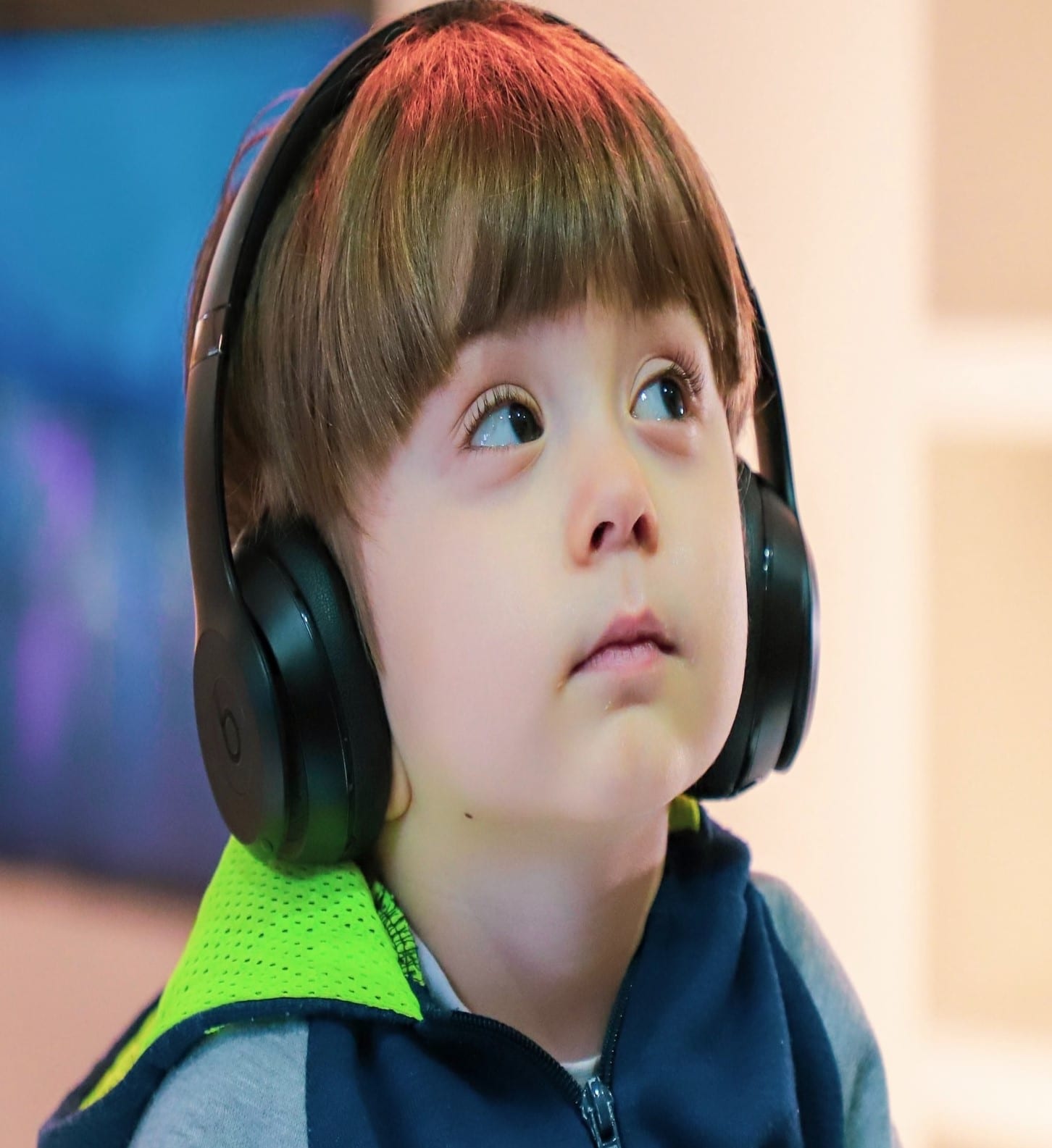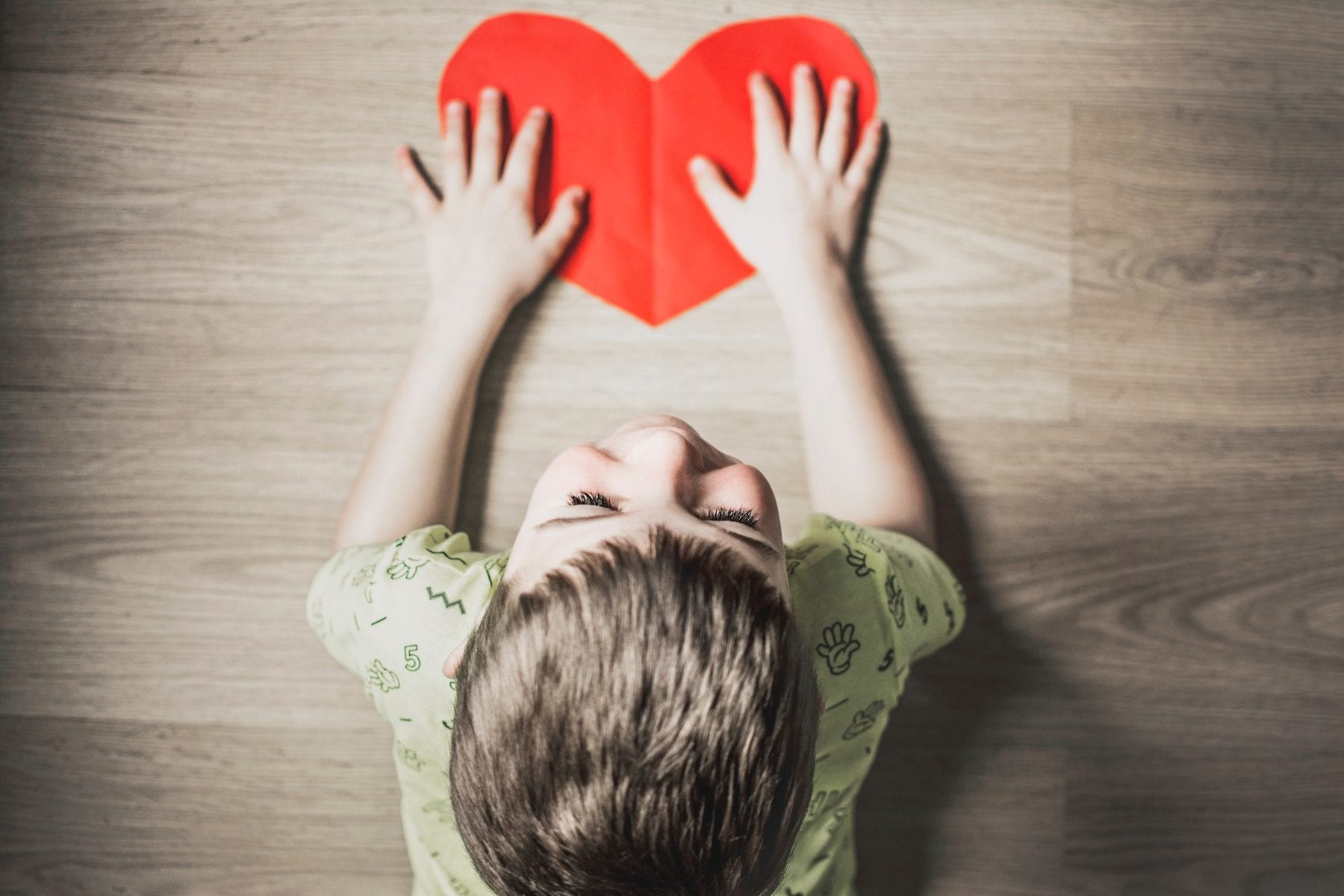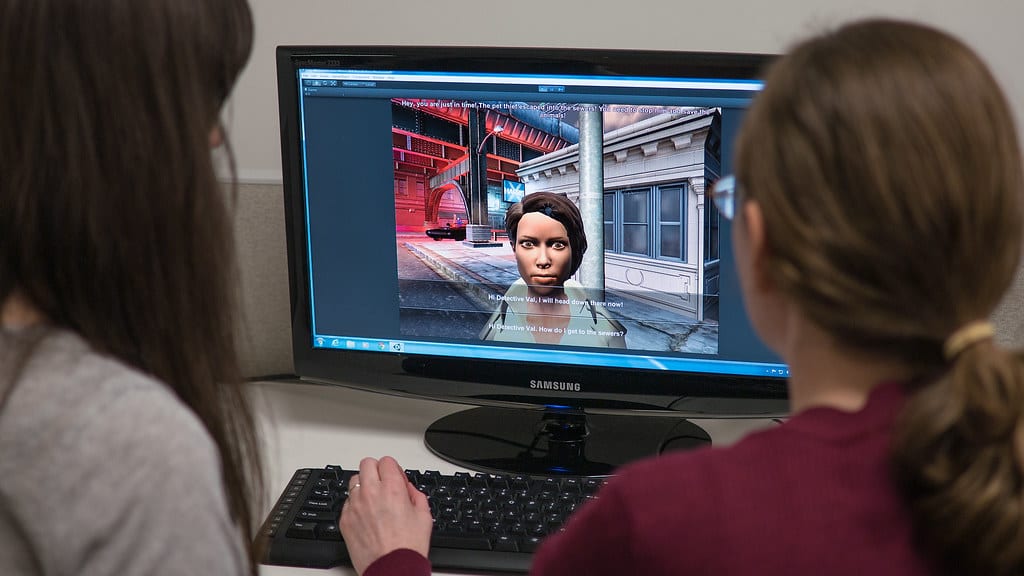If you have children diagnosed with Autism Spectrum Disorder (ASD), you have probably noticed that they can struggle with loud noises.
In this article we are going to explore why children on the autism spectrum may experience physical sensations like noise negatively.
We will also look at how a good pair of headphones can help improve the quality of these children’s lives.
Children with Autism often have a hard time with distractions:
You probably know that people diagnosed with autism process information differently than those who don’t live on the autism spectrum. However, understanding what that means and what it looks like is another matter.
You may notice what appears to be an extreme reaction in children on the autism spectrum in response to noises, abrupt physical sensations (like bursts of air), and consistent physical sensations that most of us fail to recognize (like the rubbing of clothing and tags within their clothing).
Some of these responses can be due to hyper sensitivity to stimulation from the environment. Others are due to the differences in the way a person with autism experiences stimulation from the outside world. For example some children on the autism spectrum will experience a burst of air as a vibrating sound.
In addition to differences in how they perceive physical sensations, many people diagnosed with Autism Syndrome Disorders (ASD) experience a condition called Sensory Processing Disorder (SPD).
People who suffer with SPD experience their environments in a different way than others. Depending on how their brains process sensations, people with SPD may appear indifferent to pain and changes in temperature. This is due to their brains being hypo reactive to bodily sensations. Simply put, these people don’t experience the sensations as intensely as others may. On the other hand, some people dealing with SPD may experience hyper reactivity to the signals they receive from their environment.
Regardless of the reason, people on the autism spectrum may find themselves unable to filter out the irrelevant elements their environment provides.
They may find certain sounds, sights, and textures highly distracting. They may be unable to filter out the persistent noises that occur around them.
Why Noises Create a Problem:
Autistic children who are hypersensitive to sound may:
- Experience a soft conversation that is taking place at some distance from them as if the conversation is being directed toward them. They will not only hear these conversations, but they will hear them with enough clarity to understand words you and I may not even hear.
- Experience background noises like the humming of the heating unit as a constant distraction.
- Experience loud or abrupt noises as confusing and even physically painful.
- Be unable to determine which noises are important and which are irrelevant. This inability to distinguish which noises to attend to can cause autistic children to be hypervigilant, easily distracted, and anxious.
Since this is your child’s everyday experience, it is unlikely that it will even occur to them to tell you that this is happening. Just as you expect others to experience the world the same way you do, children will believe that you perceive the world the same way they do.
How noise cancelling headphones can help:
Noise cancelling headphones or earmuffs can allow your child to focus on the task at hand by effectively turning off the invasive noises coming from the outside world.
The technology of these headphones can completely cancel out distractions like quiet conversations occurring in other areas of the classroom. They can also minimize the impact of abrupt or loud noises that a child with autism may find frightening. You may want to consider that:
- A good pair of noise cancelling headphones should be able to block enough of the constant noises bombarding your child’s ears to allow them to focus on the task in front of them and reduce the noises that do come through to a level that can be managed.
The amount of noise a set of headphones cancels will be identified by the noise reduction rating (NRR) in decibels (dB). The amount of noise reduction your child requires will depend upon how sensitive he/she is to noises. Some children will need headphones with higher levels of noise reduction than others.
- A good pair of headphones should be comfortable enough to be worn throughout the day. It is ideal if you can find headphones comfortable enough to be worn to bed. This can allow your child to get a good night’s sleep.
- Aside from simply cancelling invasive noises, some headphones can also provide therapeutic sounds to mask the noises headphones fail to block. If your child struggles with feelings of anxiety, you may want a pair of headphones that provide calming sounds.
- As children on the autism spectrum can be highly sensitive to the pressure and texture of headphones, you will want to be mindful of how the headphones sit on your child’s head. Most children will prefer headphones that completely cover the ears.
- To truly cancel out noise headphones should fit tightly to your child’s head. However, the best pair of headphones for your child is one that can be comfortably worn for long periods of time. You may have to weigh the balance of comfort and noise cancellation to find the best pair of headphones for your child.
- Many children and most teens are sensitive to fashion. Headphones that are purely functional may work well for young children, but as children age you may find yourself having to make concessions to style.
The Best Headphones or Earmuffs for Children with Autism:
Below is a list of the best headphones/earmuffs for children with Autism.
Vic Firth Kidphones Isolation Headphones for Kids:
These well reviewed (4.5 of 5 stars) are very lightweight. Although these simple headphones do not allow for adjustment of the headband, they are designed with large well padded ear cups that rotate to accommodate a variety of head sizes. Available for $26.99 on Amazon, these no nonsense headphones provide a noise reduction rating of 22dB. Customers note that though these headphones cancel out background noise and reduce surrounding conversations to a manageable level, they do not provide sufficient noise cancelling for children who are highly sensitive to sound. The one-size-fits-all design is best suited for older children and teens.
b-Calm Headphones:
National Autism Resources b-Calm headphones retail for $139 and were specifically designed with earbuds that play “acoustic shield” soundtracks. These soundtracks provide white noise for calming. The earmuffs of the b-calm headphones were intentionally constructed for long wearing comfort. Not intended to be noise cancelling, these headphones are best used for times when a distracting level of white noise can support your child. Customers indicate that these headphones are helpful in situations like long bus rides. Though well reviewed (four of five stars) customers that expected noise cancelling headphones have expressed some frustration with the level of noise these headphones allow through.
Comfort Wear Ear Muffs:
National Autism Resources Comfort Wear Ear Muffs retail for $29.99, these earmuffs were designed for day long wear. They have a noise reduction rating of 27 decibels and feature soft foam cushioned ear muffs that will fit over your child’s ears. Customers share that these earmuffs are exceptional at reducing distressing noises like thunderstorms. Exceptionally well reviewed (five or five stars), customers indicate that these earmuffs are comfortable enough to be worn through the night.
Banz Headphones for Babies:
Available on Amazon for $34.95, these headphones are specifically designed for children newborn to 24 months. These colorful headphones have a noise reducing rating of 31dB. With super soft padding to protect your child’s delicate ears, these well rated headphones (4.5 of 5 stars) are comfortable enough for bedtime. Customers indicate that these comfortable headphones are ideal for intrusive noises associated with firework displays and music festivals.
Muted Designer Hearing Protection for Infants and Kids:
These colorful folding headphones are designed to cover your child’s ears and feature a padded headband for increased all day comfort. These well reviewed Headphones (4.5 of 5 stars) offer a noise reduction rate of 27dB and are available on Amazon for $24.99. Made with a foldable design these headphones can be tucked in a backpack or diaper bag to travel with you anywhere. Although most customers expressed great satisfaction with these colorful headphones, some customers indicated difficulty in unfolding and placing them on young children.
Venue Active Noise Cancelling Wireless headphone from Skullcandy:
For the older child and young adults who are looking for something beyond the ordinary, Skullcandy provides a well reviewed (4.5 of 5 stars) headphone retailing at $179.99.
Featuring a lightweight design, these headphones have soft memory foam ear cushions to conform to your child’s ears and an adjustable headband for a perfect fit. These earphones have a bluetooth range of 30m, so your child can move around even while connected to a computer or tablet. Ideal for teens and older children that want to balance enjoying their audio activities with controlling outside noise.
These high quality headphones allow your child to control their environment while making a statement of personal style. For those with a true interest in music, it should be noted that reviews indicate that these headphones may emphasize bass sounds. Some customers also indicate that they notice a hissing when there is no audio playing. These wireless headphones can be connected to a power source when necessary.
Other Things to Consider:
Children on the autism spectrum tend to be very attached to consistency. If your child finds a pair of headphones that work well, you may want to keep a second pair on hand. If your child should lose or break the headphone that he/she has become used to, it may be difficult to locate a similar pair in a timely fashion.
Children on the autism spectrum may find it difficult to transition to a different type of headphone due to the texture of the earmuffs, the cushioning provided by the headband, the tension of the headphone, or the amount of noise the headphones allow through.
Citation:
[simple-author-box]



